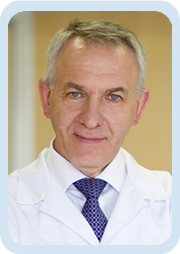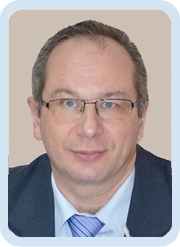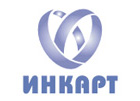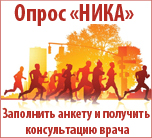The meeting was organized by Simon Rabkin in beautiful Vancouver, and focused on global cardiovascular risk including diabetes mellitus, obesity, hyperlipidemia, and other risk factors associated with hypertension and cardiovascular disease, which are the major causes of death and disability across the world. The ISH 2010 meeting brought together over 2500 registrants from over 30 countries. The program was all encompassing including molecular and cellular science, clinical medicine, and population and health policy. ISH 2010 was held in conjunction with the annual meeting of the Canadian Hypertension Society, which has long been a very strong supporter and active Forum member of the ISH. Many special symposia, breakfast workshops, round table discussions and current guideline sessions enriched the program. The main events of the meeting were The ISH Forum meeting and The Bridging the Gaps Symposium.
The Bridging the Gaps Symposium
Reducing Cardiovascular Risk in Low Cost Settings
The aim of the symposium was to facilitate the exchange of experiences about obstacles and successful methods to tackle the epidemic of cardiovascular diseases.
These, and many other issues, were discussed during the meeting:
1. Dr. Shanthi Mendis, World Health Organization (WHO) representative, emphasized that three quarters of all cardiovascular diseases in low- and middle-income countries could be prevented. WHO have developed a program for preventing, diagnosing and treating non-communicable diseases in low-resource settings – WHO-Package - a practice guideline for preventing, diagnosing and treating these conditions in low-resource settings focusing on primary health care. For cardiovascular diseases, it includes flow charts for managing individual patients with counselling, risk assessment, medication, indication for referrals etc. Different flow charts have been developed for health workers and doctors.
2. It was reported about successful implementation of the WHO-PEN in Sri Lanka, Eritrea.
3. From Bangladesh, it was reported that 25% of adults have hypertension. Patients stop taking their prescribed medication, as they cannot afford the drug.
4. Similar problems were reported from the Democratic Republic of Congo (DRC) where a study showed that only 8% of the included patients with hypertension was treated and had a blood pressure below 140/90 mm Hg. To increase compliance, a project was started that included free antihypertensive drugs. With free drugs, 44% of the patients were controlled (< 140/90 mm Hg). However, one year later, 50% of the patients discontinued their treatment. The reasons for discontinuing treatment are complex and lack of resources is thus not the single factor behind non-compliance.
5. From a population perspective, a reduction of salt intake is advisable and in some countries (e.g. Malaysia) salt intake is very high. It is difficult to decrease salt intake in the population without involving the food industry and there are some experiences of positive results from such activities.
The ISH Forum meeting
The symposium was preceded by a one-day forum where constraints and feasible solutions in preventing, diagnosing and treating cardiovascular diseases and other non-communicable diseases in low-resource settings were discussed in detail. The ISH International Forum is a consultative body initiated to establish effective liaison between the ISH and National and Regional Societies representing the interests of hypertension and associated cardiovascular disease.
The main activities of the Forum:
- Meetings of the Forum at the Biennial ISH Congresses:
These provide an opportunity for interaction between the ISH and the affiliated societies, as well as for very direct exchange of information between Societies, usually at high level, between Presidents, secretaries or other office bearers from National Societies.
- Cross Talk:
One of the main purposes of the Forum is to facilitate cross talk between Societies, so all can benefit from the experience of others. Accordingly, short reports from National Societies, summarizing the activities of their society since the Berlin 2008 meeting, were circulated as a consolidated document at the Forum meeting in Vancouver and are being circulated to members who could not attend.
- Hypertension News:
The quarterly Society newsletter is an opportunity for Forum members to highlight their news, activities and goals and has been used extensively over the last 2 years. This is currently circulated to all ISH individual and Forum members and an edited version will be added to the ISH open web pages post-Vancouver meeting.
- Increased membership:
The ISH looks to its Forum members to help recruit new individual/regular members of the ISH from their own countries.
International Society of Hypertension (ISH) welcomes Stephen Harrap as the new Society President
«I was honored...to assume the role of President of the ISH. The position presents numerous challenges...to make a difference. The difference that I’d like to make has two elements. The first is to strengthen our global credentials. The second is to build the ISH through increased numbers of Young Investigators».
Stephen Harrap





















